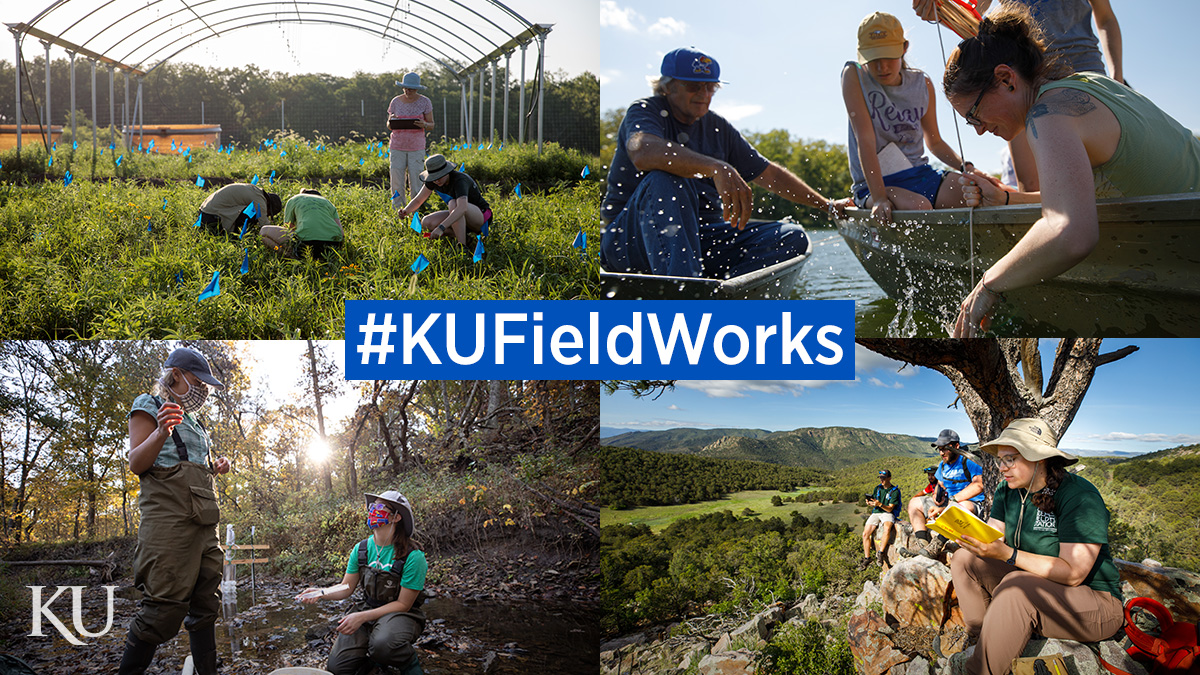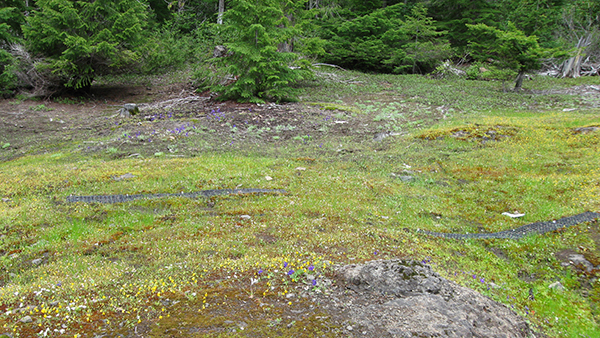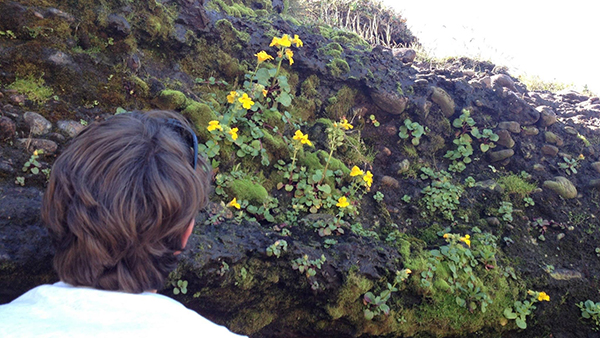#KUFieldWorks: Improving our understanding of genomics by observing flowers

Editor’s note: Fieldwork provides invaluable insights about real-world environments and processes, expanding and reinforcing what researchers learn in classrooms, labs and collections. KU faculty, staff and students across a spectrum of disciplines take their inquiry directly to rivers, prairies, dig sites, glaciers, islands, archives and more. Through the #KUFieldWorks series, we join them on their adventures.
Q&A with John Kelly, professor of ecology & evolutionary biology
Our understanding of evolution and the role genes play in how features are passed down primarily comes from studying animals in the past and comparing them to the present. But some organisms, such as certain flowers or viruses, reproduce more rapidly than animals, making it easier to study how genes are passed from one generation to the next. John Kelly, professor of ecology & evolutionary biology, plants and studies fast-reproducing flowers to better understand genes.
What methods, approaches, experiments, etc. are you using?
Our experiments sometimes involve transplants of experimental plants as seedlings into natural population sites with subsequent monitoring of these plants to measure their growth, development, survival and fertility. We know the full genome sequences for these transplants, which is used to predict their performance in nature.
Other times, we perform experiments directly on native plants (those that germinate within the natural populations).
Finally, we frequently do field collections, sampling fruits from plants that reproduce in natural populations throughout Oregon.

Why does your study matter to your field or for society?
The genetic evolution of populations is most directly studied by watching it happen in nature and determining the genes that affect survival and reproductive success.
What do you enjoy most about being in the field?
The Cascade Mountains of Oregon are a beautiful place to be in May, June and July.

What are some memorable (funny, scary, surprising, etc.) moments from the field?
Bear encounters are always funny when they happen to other people. None of my students have been injured while doing field work, but they are routinely surprised by “field events,” which only occasionally involve bears.
When is fieldwork frustrating, challenging or overwhelming?
It can be challenging to time our travel to the field sites. The plants start growing immediately after snow clearing from the site, and that happens at a different date each year.

How does fieldwork complement the work you do elsewhere?
It places all our laboratory genetic studies in an ecological context. A gene that affects a trait can then be understood to affect fitness in nature.
First photo: A split image of four photos shows KU researchers conducting fieldwork research in prairies, rivers, streams and mountains. The graphic has text in the center that reads, "#KUFieldWorks"
Second photo: Patrick Monnahan, KU graduate student, sets experimental transplants into a field site at Browder Ridge, Oregon. Photo by John Kelly
Third photo: View of a field site at Browder Ridge, Oregon as the native plants begin to flower. Mimulus guttatus (study species) have the small yellow flowers. Photo by Patrick Monnahan
Fourth photo: Patrick Monnahan (foreground), KU graduate student, inspects Mimulus in flower over a vertical mossy surface in Oregon. Photo by Jack Colicchio
